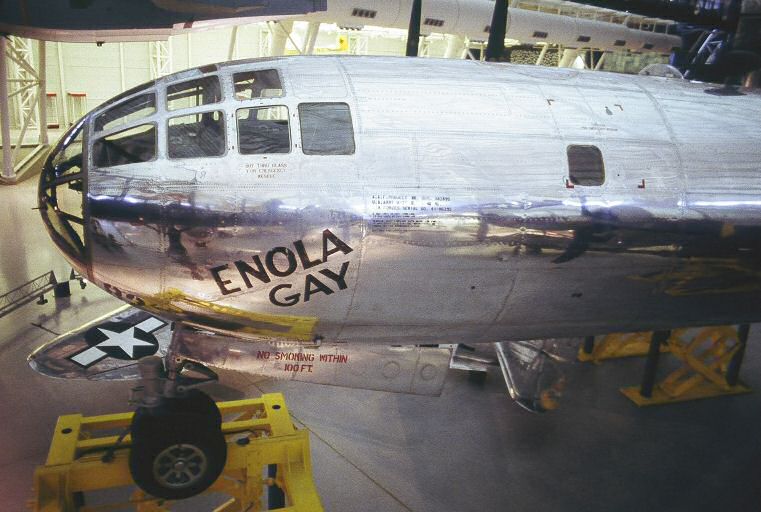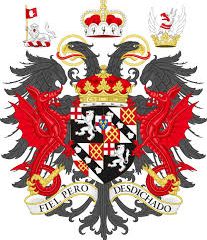The Enola Gay: A Pivotal Moment in World War II History

Introduction
The Enola Gay, a Boeing B-29 Superfortress, holds immense historical significance as the first aircraft to drop an atomic bomb on a city during wartime. This event occurred on August 6, 1945, targeting Hiroshima, Japan, and marked a turning point in both World War II and the development of nuclear weapons. Understanding the Enola Gay’s role not only provides insights into the catastrophic consequences of nuclear warfare but also raises ethical questions that continue to resonate today.
The Flight and Its Impact
On that fateful day, the Enola Gay, piloted by Colonel Paul Tibbets, dropped the atomic bomb known as ‘Little Boy’. This bomb was a uranium-based device, and its explosion resulted in the immediate deaths of approximately 70,000 people, with tens of thousands more succumbing to injuries and radiation sickness in the following months. The bomb’s destruction extended beyond physical architecture, obliterating entire communities and causing long-lasting effects on survivors, known as hibakusha.
Historical records indicate that the decision to use the atomic bomb was made to expedite Japan’s surrender and ultimately bring an end to the war, potentially saving millions of lives that might have been lost in a protracted invasion. However, many historians argue that Japan was already on the verge of surrendering, leading to controversial debates over the necessity and morality of the bombings.
Legacy of the Enola Gay
The Enola Gay itself was later preserved and exhibited at the Smithsonian National Air and Space Museum, which has sparked public debate regarding the interpretation of the events that took place during World War II. The 1995 exhibit faced criticism for not adequately addressing the human suffering resulting from the bomb, highlighting the importance of contextualising historic artefacts. Efforts to educate future generations about the complexities surrounding the atomic bomb persist, with focus often placed on the lessons learned from such destructive power.
Conclusion
The legacy of the Enola Gay serves as a complex reminder of the possibilities and dangers of nuclear technology. As nations continue to navigate the challenges of nuclear arsenals and deterrence, the discussion surrounding the Enola Gay remains crucial for understanding the implications of such significant military decisions. In remembering this pivotal moment in history, it is essential for current and future generations to reflect on the impacts of warfare on humanity, ensuring that the tragedies of the past are not repeated.









